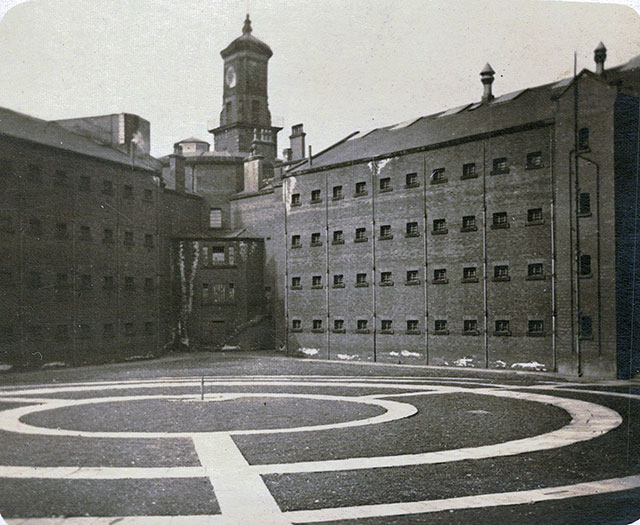
Studies show that prison staff and prisoners believe that hope, when it is vested in a possibility of release, is essential for ensuring safe management of the prison environment. However, the way in which this significance of hope manifests within prison walls has not been thoroughly explored through research. This paper, based on unique data gathered in a prison in England and Wales, empirically examines how prison staff interpret and understand hope, particularly from the perspective of those working closely with older prisoners serving life sentences—individuals with the slimmest chances of release within their lifetime. This article argues that hope in prison is viewed as a means to ensure the safety of both prisoners and staff, maintain order, propel rehabilitation, and, in some cases, as something that life-sentenced prisoners should not be entitled to. These findings begin to shed light on hope-in-practice, raising important questions about the ethical dimensions of promoting, protecting, and nurturing hope in the context of the harshest forms of imprisonment.
Vannier M (2025) On the importance of 'hope-in-practice' behind bars. The February Journal, 04: 32–49. DOI: https:/doi.org/10.60633/tfj.i04.101

This work is licensed under a Creative Commons Attribution 4.0 International License.